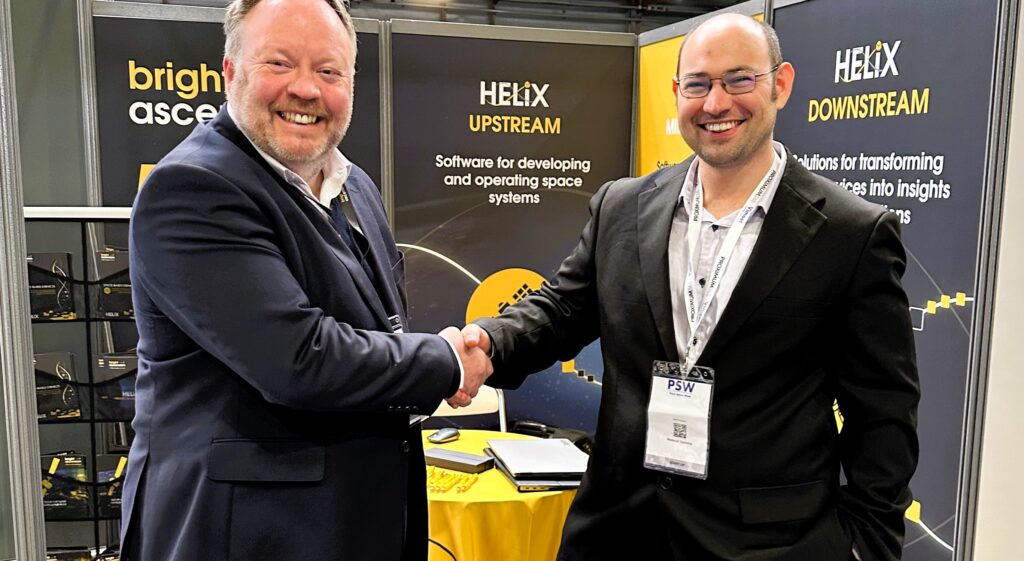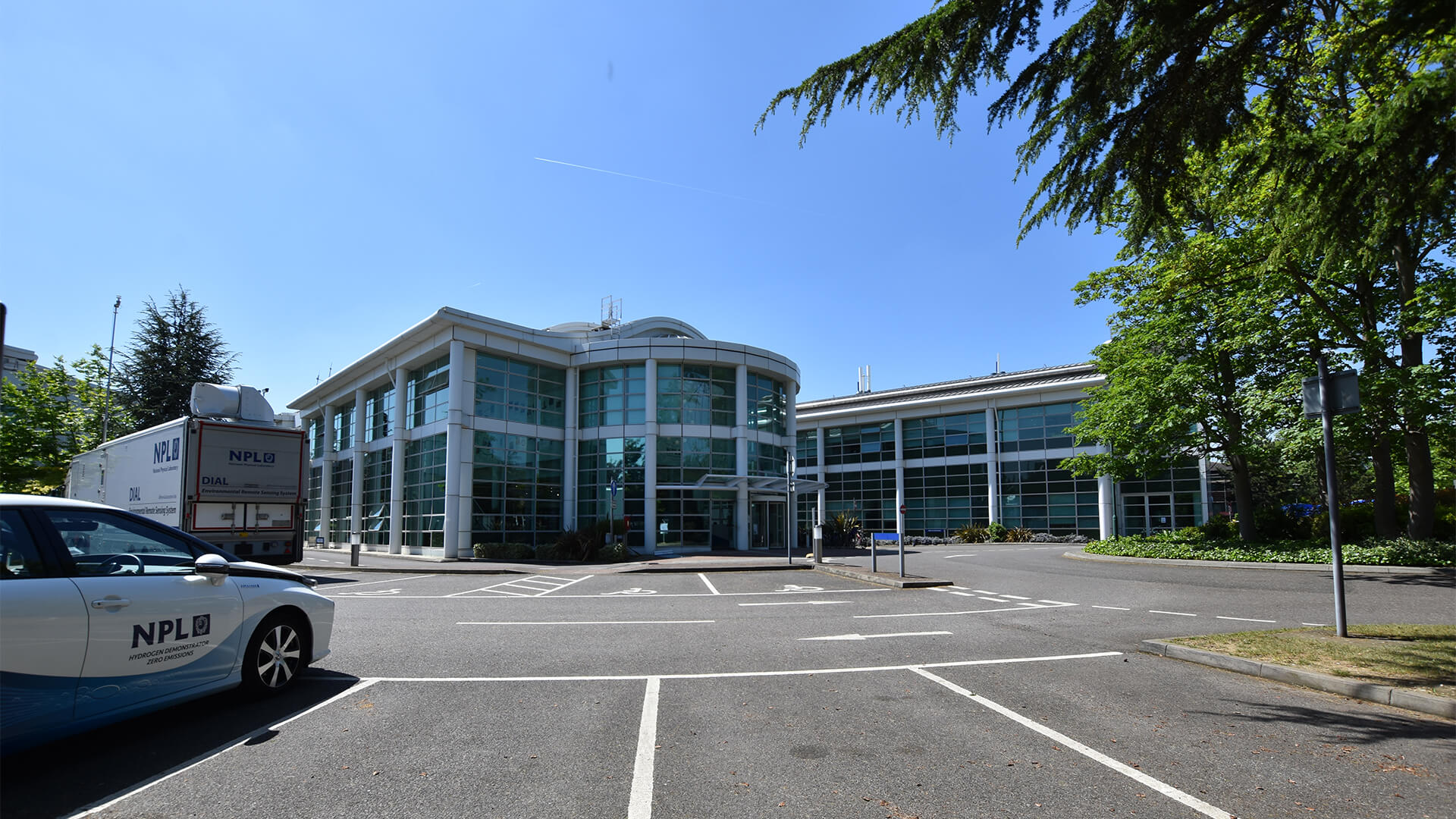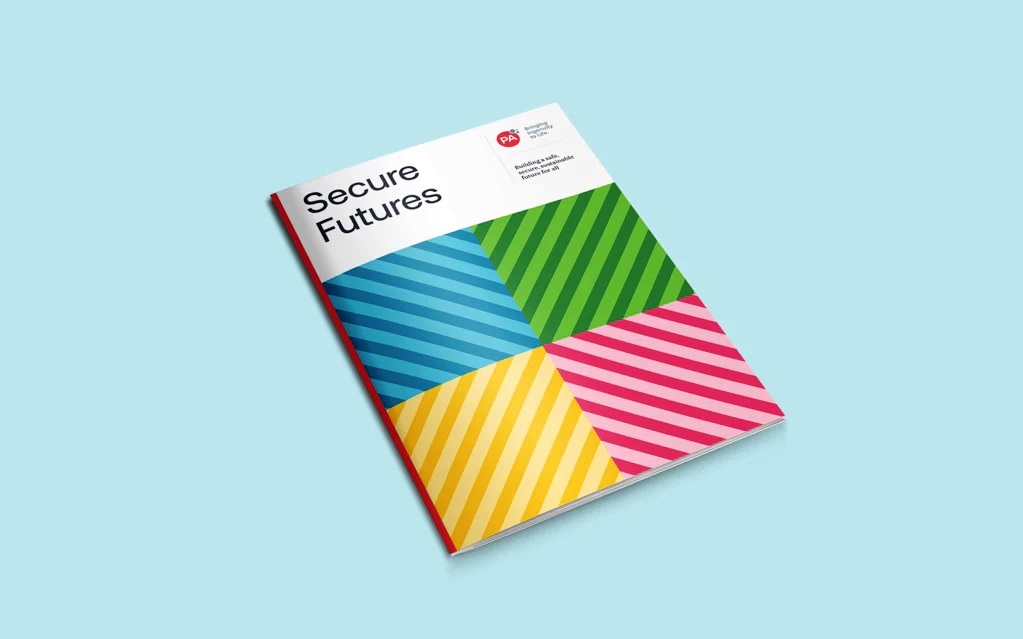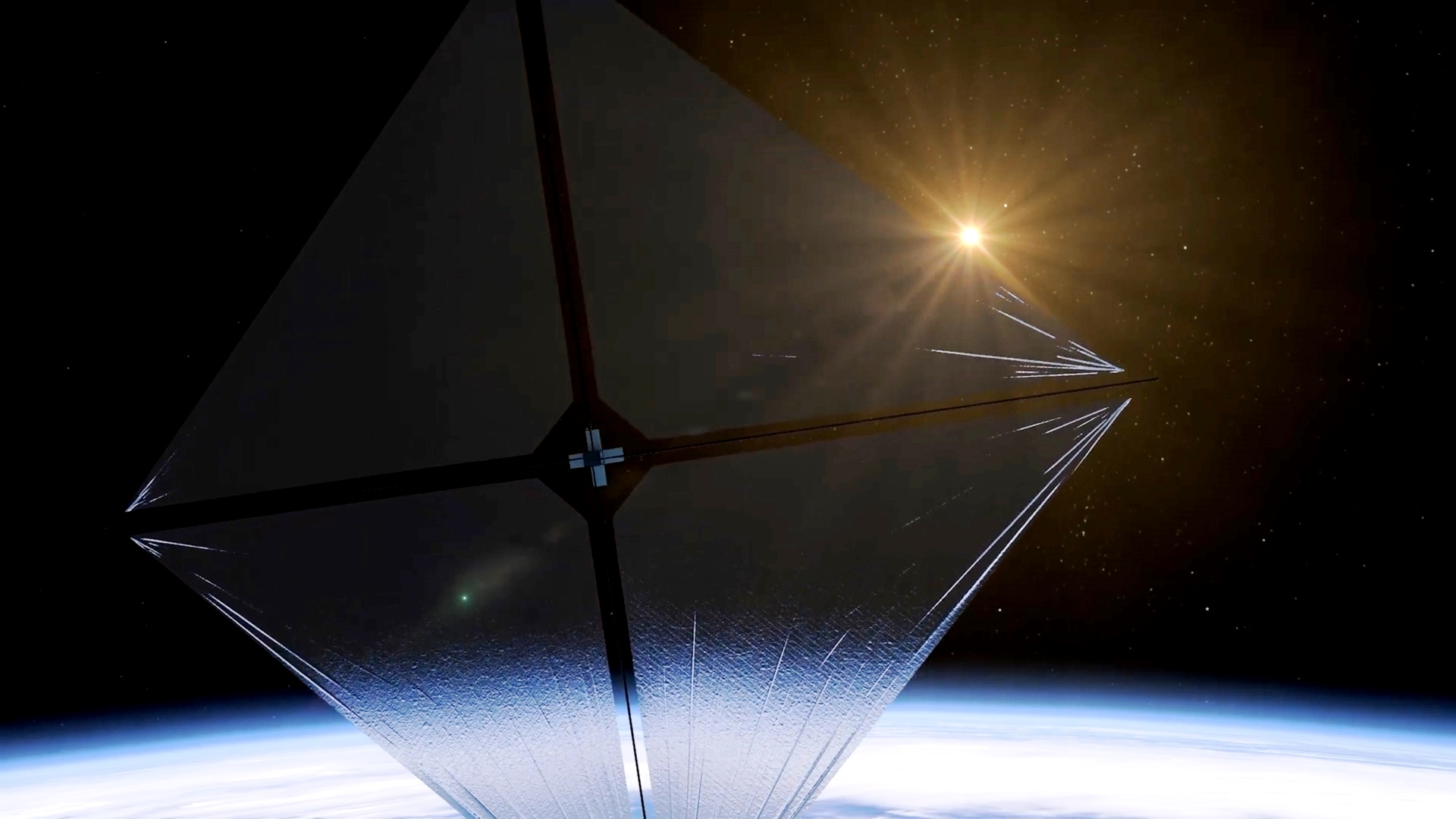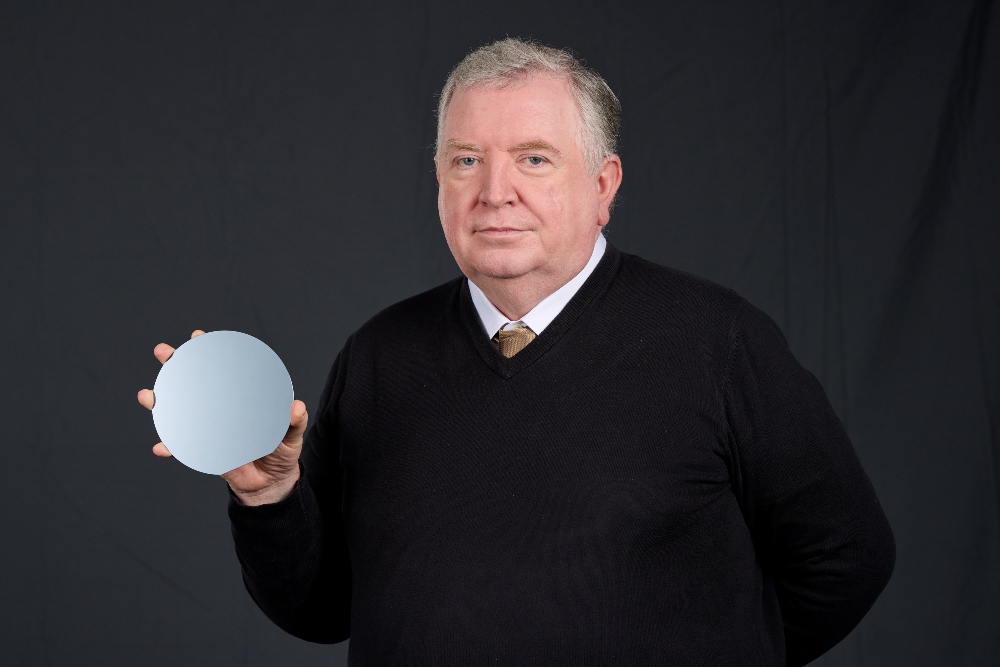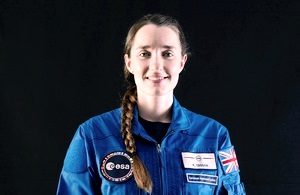SSTL ships RemoveDEBRIS mission for ISS launch

Above:
RemoveDEBRIS spacecraft during final assembly at SSTL.
Courtesy SSTL / Max Alexander
RemoveDEBRIS is an Active Debris Removal (ADR) demonstration mission led by the Surrey Space Centre at the University of Surrey and co-funded by the European Commission and partners.
The RemoveDEBRIS satellite platform was designed and manufactured by SSTL in Guildford UK, and will fly four space debris removal technologies and two target cubesats.
The platform, which is approximately one metre cubed, has a flight mass of less than 100kg and is due to be the largest satellite deployed from the ISS to date.
It will be delivered in a box to the ISS where it will be unpacked by the astronauts and attached to a slide table for deployment using the Japanese Experiment Module Robotic Manipulator System, developed by JAXA.
Once in orbit the ADR experiments on board the spacecraft will be performed. In the first of two capture experiments a net will be discharged at one of the deployed target cubesats to demonstrate net capture in space.
The second capture experiment will see a harpoon launched at a deployable target plate made of representative satellite panel materials – the first harpoon capture in orbit.
The third experiment involves vision-based navigation by deploying the second cubesat and demonstrating rendezvous navigation using cameras and a LiDaR. Finally, the RemoveDEBRIS spacecraft will deploy a large dragsail to speed de-orbit, where it will burn up as it enters Earth’s atmosphere.

Above:
RemoveDEBRIS payload panel: the Harpoon target is visible bottom left, and the net is housed in the white container mid-centre.
Courtesy SSTL / Max Alexander
Professor Sir Martin Sweeting, Executive Chairman of SSTL and Director of the Surrey Space Centre commented: “Since the beginning of the space era, orbital debris has progressively been building up and there are now almost 7,000 tons of it around the Earth. It is now time for the international space community to begin to mitigate, limit and control space junk and I am very pleased that the RemoveDEBRIS consortium is leading the way with an innovative ADR mission which I hope will be a precursor to future operational ADR missions.”
“This is an excellent example of what can be achieved when Industry and Academia are working together to tackle real problems” said Prof G Aglietti, Director of the Surrey Space Centre, and current Principal Investigator for the project.
The RemoveDEBRIS mission, which started in 2013 and at peak times has had more than 60 people assigned to the mission, is led by the Surrey Space Centre and draws on the expertise of some of Europe’s most prominent space companies and institutions.
• Mission & Consortium coordination - Surrey Space Centre (UK)
• Satellite system engineering - ASF (France)
• Platform & Avionics – SSTL (UK)
• Harpoon – Airbus (UK)
• Net – Airbus (Germany)
• Vision Based Navigation – CSEM (Switzerland)/INRIA/Airbus (Toulouse)
• Cubesat dispensers – Innovative solutions in space (Holland)
• Target cubesats – Surrey Space Centre (UK)/STE
• Dragsail – Surrey Space Centre (UK)
The project is co-funded by the European Commission and the research leading to these results has received funding from the European Union Seventh Framework Programme (FP7/2007-2013) under grant agreement n°607099.




